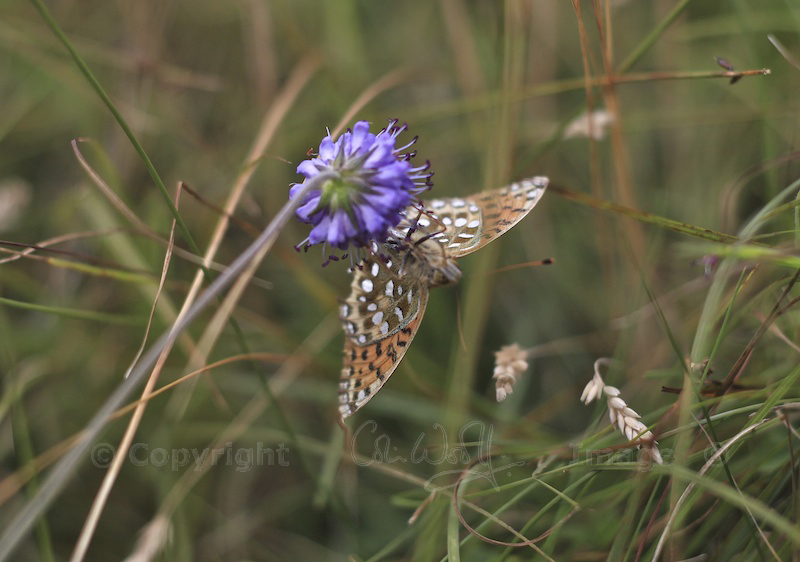
The Dark Green Fritillary
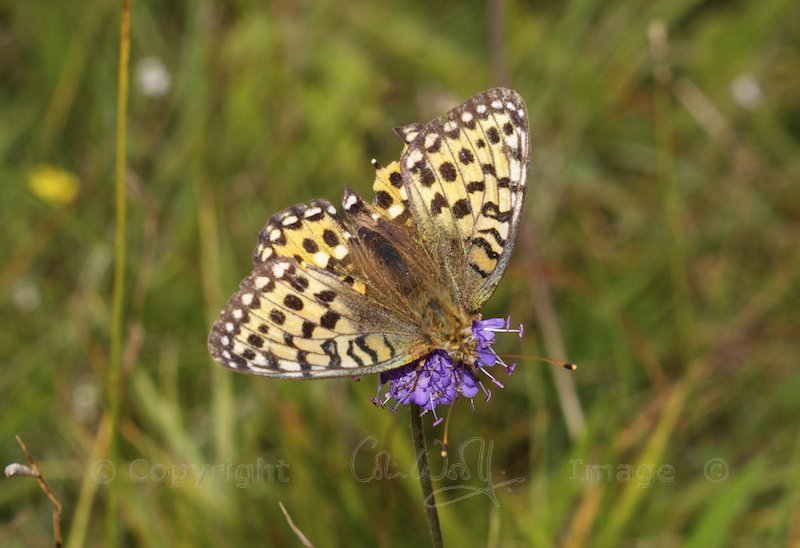 When we visited the island of Lismore in August, we found this lovely butterfly dancing around the wild flowers on the shore.
When we visited the island of Lismore in August, we found this lovely butterfly dancing around the wild flowers on the shore.
The website British Butterflies describes the Dark Green Fritillary as one of the UK’s most widespread fritillaries, but adds that it is “rarely encountered except in suitable areas”. In other words, they’re elusive and fussy!
We have always found fritillaries quite difficult to identify, but this particular species (Argynnis aglaja) has a distinctive greenish wash on the underside of its wings, with pearly white spots. The effect is unusual and very beautiful. There is a recognised sub-species of the Dark Green Fritillary in Scotland, the full Latin name of which is Argynnis aglaja f. scotica, but I am not sure if the individual that we photographed is an example of this.
 As British butterflies go, the Dark Green Fritillary is comparatively large, with a wingspan of over two and a half inches. Adults appear around the middle of June, and they are on the wing until late August, haunting the open habitats of coastal grassland and dunes. The caterpillars feed on Common Dog Violet, Hairy Violet and Marsh Violet, while the adults prefer thistles and knapweeds.
As British butterflies go, the Dark Green Fritillary is comparatively large, with a wingspan of over two and a half inches. Adults appear around the middle of June, and they are on the wing until late August, haunting the open habitats of coastal grassland and dunes. The caterpillars feed on Common Dog Violet, Hairy Violet and Marsh Violet, while the adults prefer thistles and knapweeds.
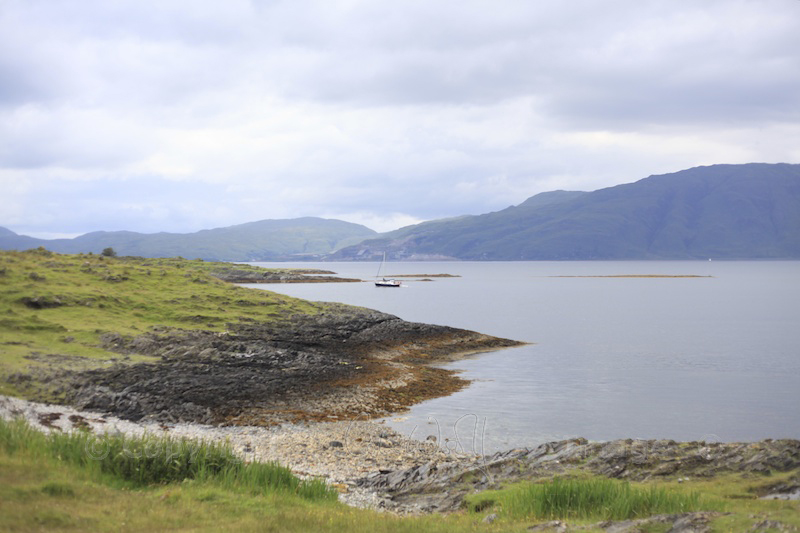
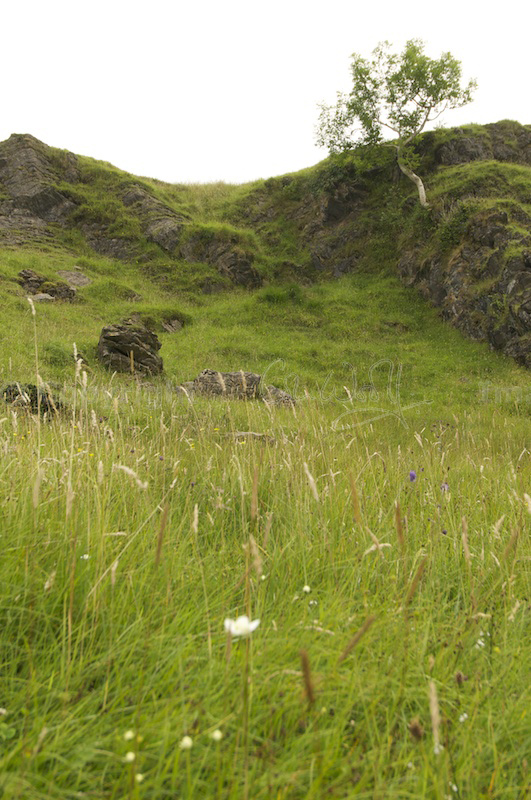
Although both sexes are very similar, I have a feeling that the one we saw was a female, as their markings are slightly darker and more distinct. She was coming to the end of her season, with a few ‘bites’ taken out of her hind wings through wear and tear; but she was still determined to make the most of the days that were left to her, and flitted constantly around the scabious flowers as if she could never find quite the right flavour.
The Dark Green Fritillary is not considered to be under threat, and has been given ‘Medium’ conservation priority within the UK. However, it was still a first for us!
Lismore is a small island in the Inner Hebrides, situated to the north of Oban Bay where Loch Linnhe joins the Sound of Mull. It has some lovely pebbly beaches, and a wealth of wild flowers in summer.
Sources:
Photos copyright Colin & Jo Woolf and Verity Sansom
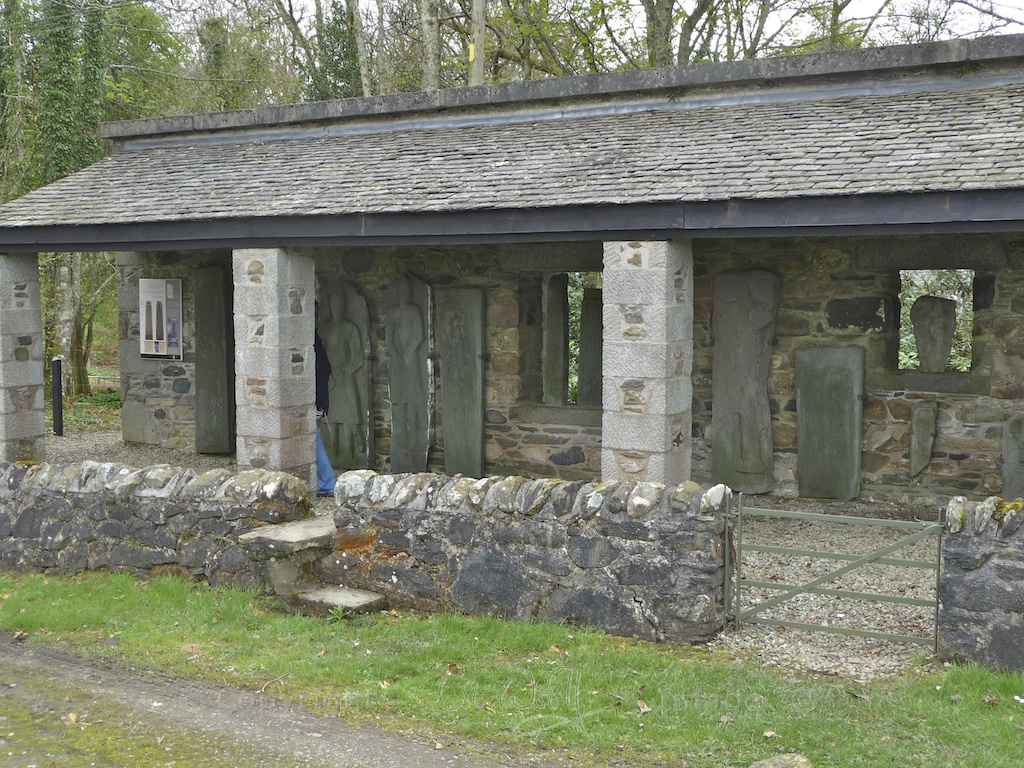
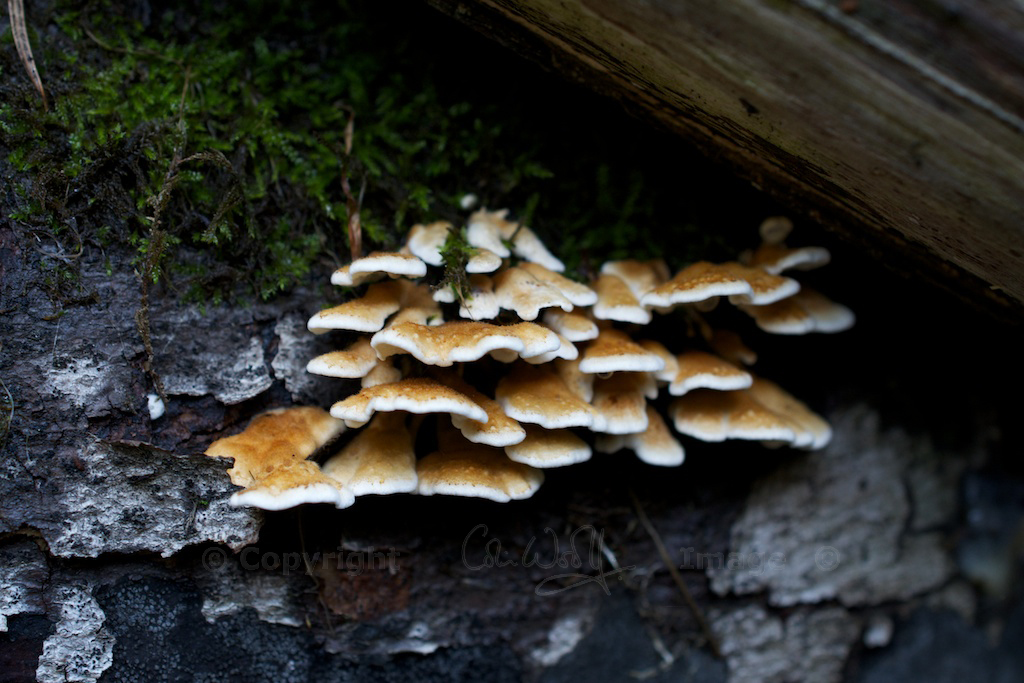

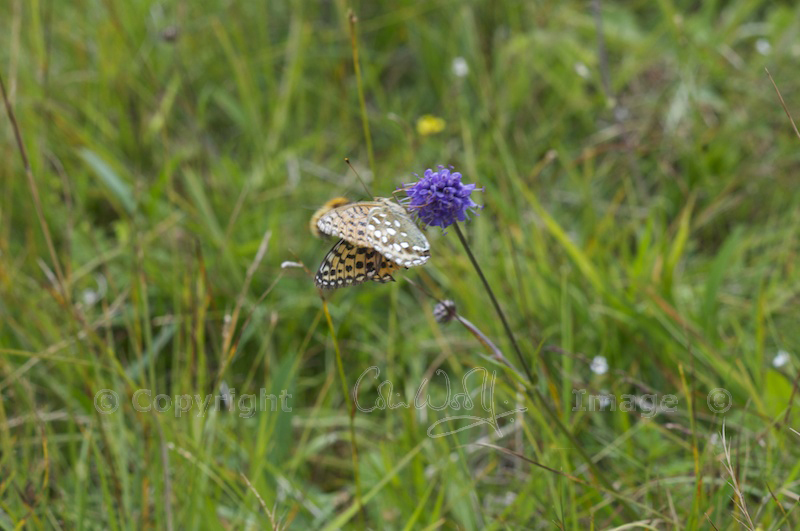
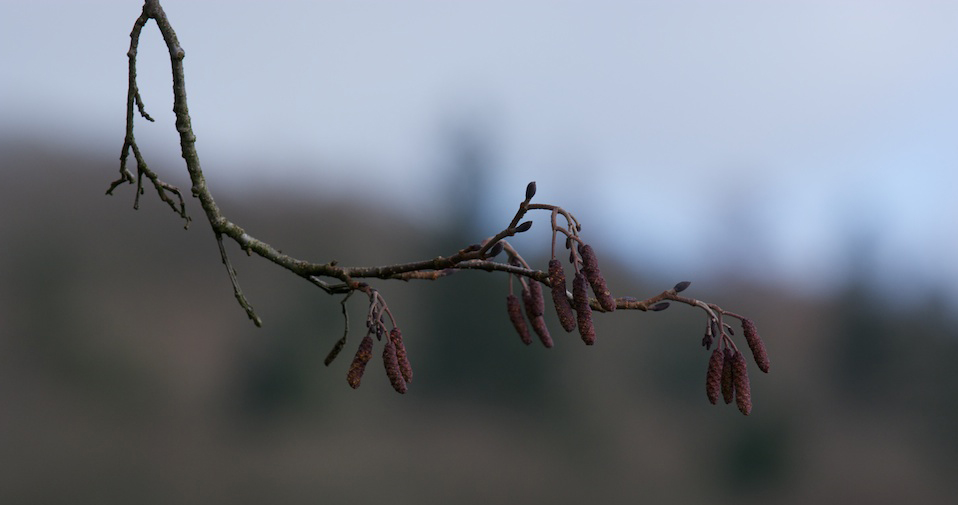
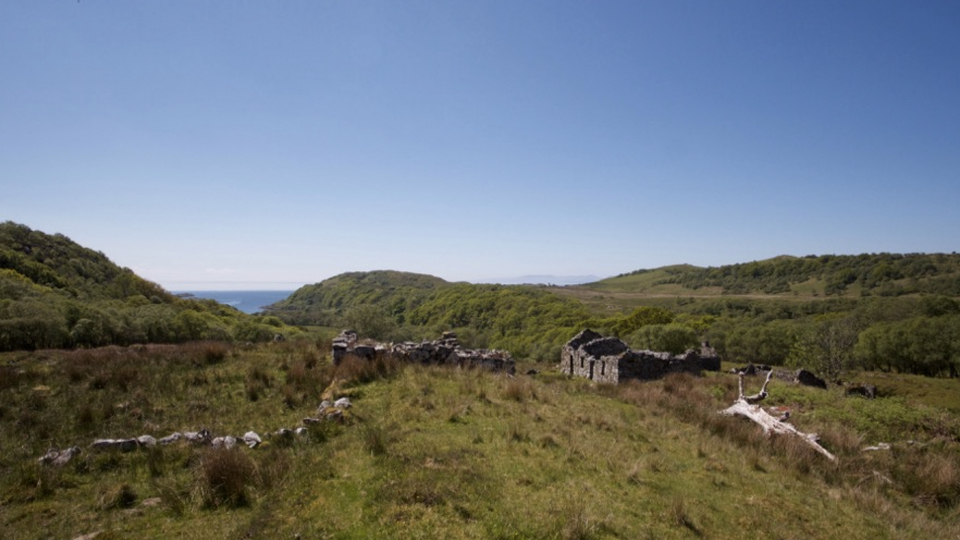
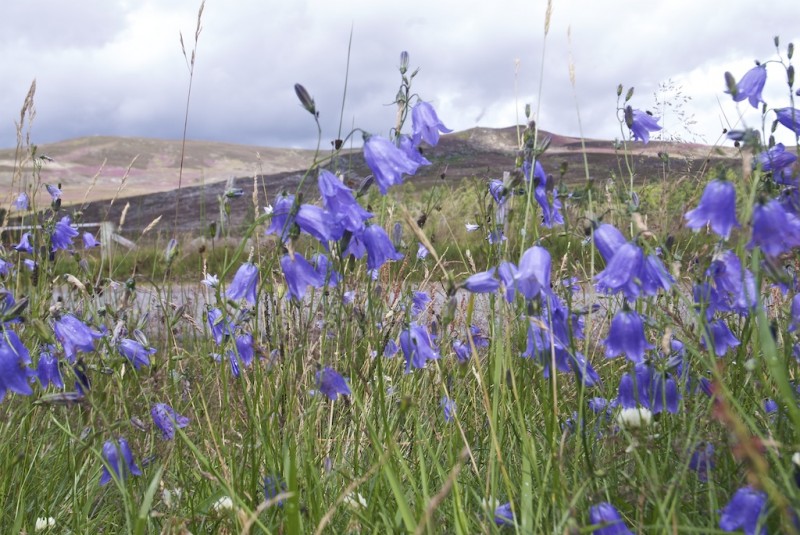
11 Comments
Mike Howe
Fantastic Jo, I do love the fritillaries, having spent many years monitoring the marsh and small pearl bordered varieties. Dark green are also locally abundant in one or two places on the Pembrokeshire coast, but as you say they are pretty rare overall. Lovely photos of a beautiful part of the world 🙂
Jo Woolf
That’s very interesting, Mike! I didn’t know they were also found in Pembrokeshire. I get the impression they are more scarce than some websites make out, and certainly we’ve never come across them before, having lived in some very rural places. Thank you very much for your nice comment about the photos!
Carmen Mandel
Fritillaries are most beautiful creatures. Glad you could see the elusive type, Jo!.
Jo Woolf
They certainly are, Carmen. This one seemed to have the whole island to himself (or herself!)
tearoomdelights
What a beauty. It’s so exciting when you see a butterfly you don’t quite recognise, and it must have been especially nice to find one that people don’t often spot. You remind me that I’d like to visit Lismore some time, it looks beautiful. I saw a Red Admiral a couple of days ago and was surprised by how large and healthy looking it was. I suppose it might well have been the last butterfly I see this year.
Jo Woolf
It was a lovely find, and we were very pleased to discover what it was. We must go back to Lismore too, it is worth exploring in more detail – especially as it has historical sites too!
Your Red Admiral does sound very late – there can’t be much left for him to feed on, and I would imagine the last couple of frosty nights have sent him to bed by now!
Ysbryd
You have an amazing skill with photography. Mine always look like the amateur monstrosities they are.
Jo Woolf
Haha, since I got my new camera I also do a great line in amateur monstrosities! I can’t take the credit for all these pics – most were taken by Colin and Verity. Thank you, on their behalf!
blosslyn
All I can say is…… how beautiful and what lovely photos of Lismore ( meaning great garden) an enchanted Isle 🙂
Jo Woolf
Thank you, Lynne! Lismore is very well named, and certainly enchanting, if not enchanted!
blosslyn
I think your right, enchanted, well it enchanted me 🙂